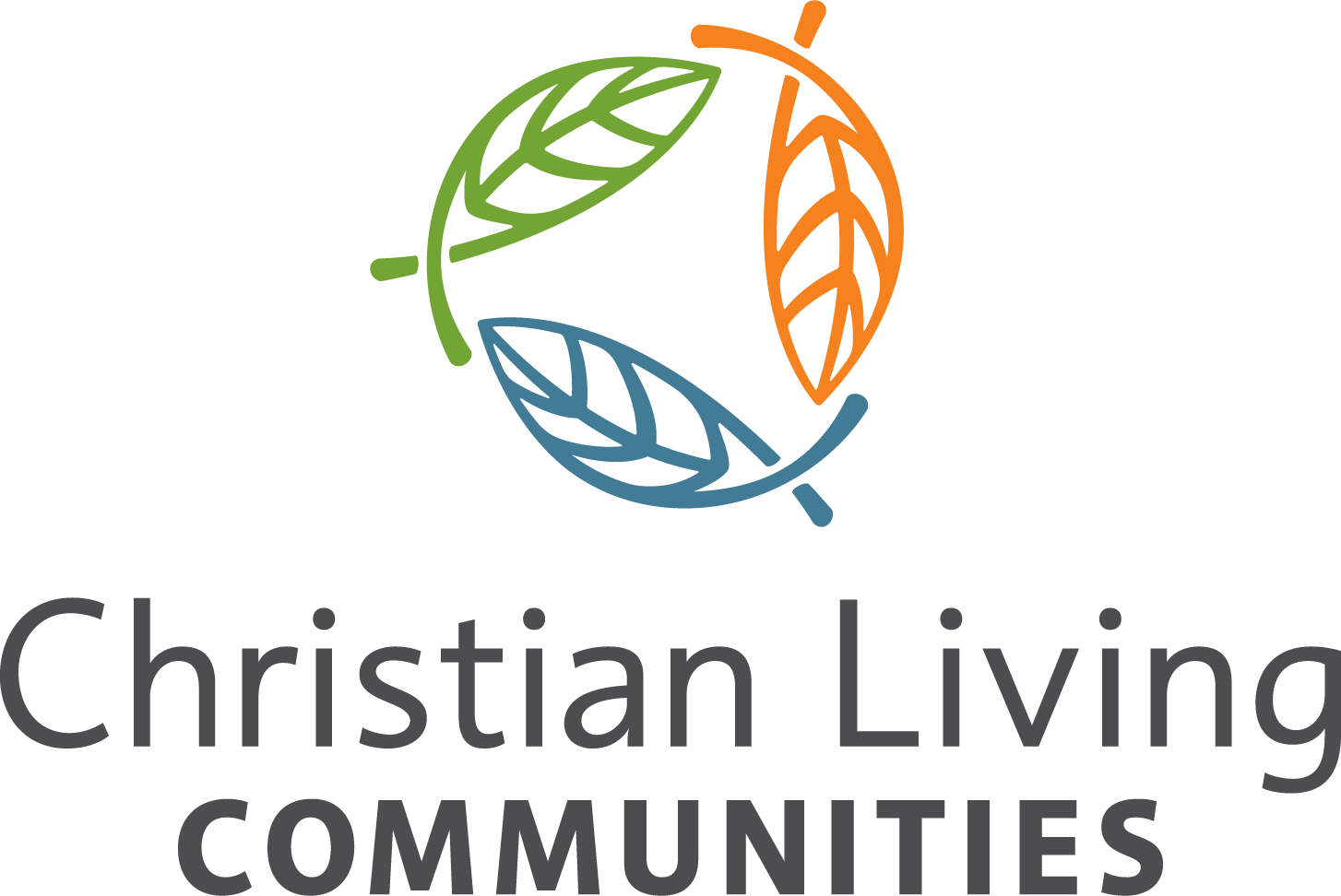Not everyone knows that Christian Living Communities is a non-profit organization.
Generous donors contribute to many of the programs and initiatives that benefit our residents, as well as to the Resident Assistance Fund which helps qualifying residents who, through no fault of their own, can no longer afford their cost of care.
One of our successful efforts to connect with our generous donors was recently highlighted on the website of the Vertus Group, an organization that helps non-profits achieve their goals. We’re sharing it here with their permission. This article was written by Richard Perry and Jeff Schreifels.
“So, tell me what you did with my money,” the donor said. And the silence and lack of response drove her away.
Jeff and I hear stories like this every week. Every week! Sadly, this is one of the major causes of donor attrition – the donor gave a gift but did not receive information back on how that gift made a difference. So she gave to another organization that is far more responsive.
One of the most difficult aspects of fundraising is getting enough program impact information to give to the donor. And the amazing thing is that most managers and leaders find more value in investing on the front end of fundraising (adding major gift officers, getting new donors) than they do in putting resources into the back end (servicing donors after they give).
This is why the following idea from Olivia Mayer of Christian Living Communities in Colorado was so interesting and practical.
Here is what she does – in her own words…
I have been thinking more about how to creatively report back to our donors. In fact, I just received a great email from someone in programming that detailed how a major gift from a donor had made a difference.
To get these impact reports (for lack of a better term), I’ve started asking program staff to answer 3-5 questions on how the program, scholarship, or in the example below, the new bus, has helped. It’s been much better than just asking staff to share the impact. The specific questions seem to make it a lot easier for them. Here’s an example:
Hi Bill [he is our transportation director]:
I realize it has now been 2 years since we got the van, but I wanted to thank our donor again. The best way, I thought, would be to send a note and share a sentence or two from you on what an impact having the van has made.
If you could respond in a separate email – not a reply – I would so appreciate it. I will then print and share your email with the donor. If I could have this by Friday that would be wonderful.
You might think in terms of:
- Having the van has made transportation for Holly Creek residents …
- Without the van, …
- If I could meet the donor, I’d say this: …
This very simple idea is powerful and practical, and it shows a great deal of creativity on the part of Olivia. What I like about it is that it accomplishes several very important things:
- It secures program impact information that is easy to understand and void of a lot of technical jargon.
- It is short and to the point – assuring, to a greater degree, that the donor will actually read it.It states a consequence of a need NOT met, further telling the donor what their gift helped avoid – that is the statement above: “without the van….” This consequence-telling is very important in impact reporting. It further proves the value of the gift – “if you hadn’t given, this would have happened.”
- It states a consequence of a need NOT met, further telling the donor what their gift helped avoid – that is the statement above: “without the van….” This consequence-telling is very important in impact reporting. It further proves the value of the gift – “if you hadn’t given, this would have happened.”
- It allows the program person to touch the donor directly. This is really good. And, sometimes, more believable. The hands-on program person is telling the donor what happened in his or her own words – details sent from the program person to the major gift officer can be very effective.
You might be able to come up with more statements than the three Olivia suggested, but I think those three are really good on their own. Stated generically they are:
- Here’s what happened because you gave – stated as “Your gift to X has….”
- Here’s what would have happened if you hadn’t given – stated as “If you hadn’t given to X, this is what would have happened.”
- Here’s what I want to say to you about your gift – stated as “Here is what you gift has meant to me, the program person.”
Proof of program performance is one of the most neglected areas in the non-profit sector today, which is why donors are fleeing their favorite charities in record numbers. Putting this simple idea into practice in your organization will dramatically stem the tide of your donors leaving. Take steps this week to do this. It will make a tremendous difference.


